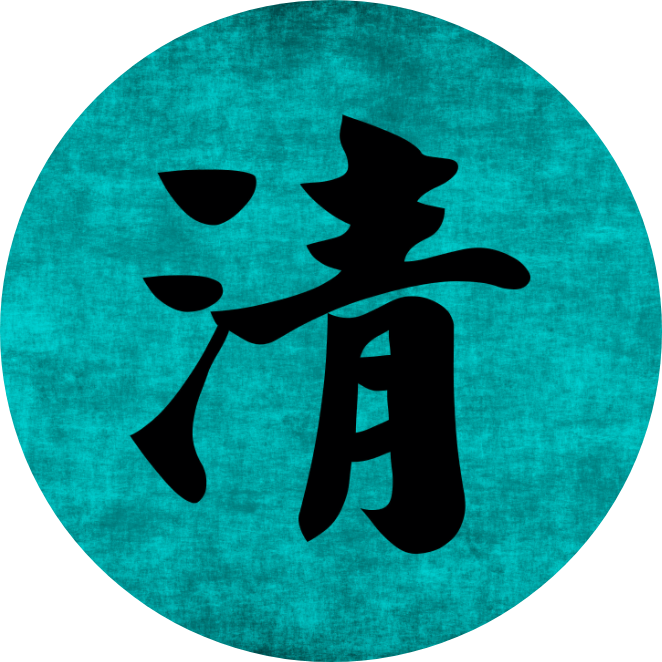Leading Ourselves Effectively in Global Health, Economic & Leadership Crises
Unprecedented levels of disruption, change, and information — that’s what businesses, governments, educational institutions, organizations, economies, nations, and people around the world are currently facing in this second decade of the twenty-first century…which is rife with global health, economic, and leadership crises.
Simultaneously, the vulnerable side of individuals’ personalities are exposed to numerous potential triggers in the world today, including global economic stagnation, hyper-connectivity, divided attention, the Covid-19 Pandemic — and are continually barraged by other ‘buzzwords’ such as Industry 4.0 and the Future of Work.
According to Kevin Asbjörnson, Trusted Leadership Advisor (TLA) and Managing Director of Inspire Imagine Innovate, “This barrage of complex data and situations naturally challenges our mental models, mindsets, perspectives, and orientations — so much so, that our coping mechanisms have become defensive…we are increasingly choosing patterns such as retreating, rejecting, and retrenching. Reinforcing our persistence and building our resilience is an essential responsibility of everyone in the global workforce today, including entrepreneurs, employees, managers, and leaders.”
There is a much more constructive alternative, however, to retreating, rejecting, and retrenching — we can instead choose to reset, reframe, and recalibrate, defined as follows:

Reset: Electrical circuit breakers exist for the purpose of temporarily disrupting electrical current, to avoid electrical overload. Similarly, our brain has the capacity and neural circuitry necessary to enable us to mentally reconsider new data sets and reset our neural circuitry — from reactive to responsive.
Reframe: Cameras enable us to select from multiple frames or perspectives within which we position our images to create photographs. Our selection of mental models or frames cannot remain static as we experience disruptions. We have the option of selecting new mental models or frames which enables us to categorize and understand/process information in a meaningful manner, and ultimately decide upon an informed response.

Example: Our professional colleague and former National Geographic Photographer, DeWitt Jones, reminds us that he intentionally changes the direction of his orientation during his photography, by turning himself around 180 or 360 degrees, in order to see and capture the optimal views of the subject of photography. We help leaders leverage the many available choices in both perceiving a situation (through multiple lenses) and taking action.
Recalibrate: Medical instruments such as thermometers, blood pressure gauges, and engineering instruments enable us to measure precisely against an average standard with respect to things like temperature, blood pressure, or lung capacity. These medical and engineering instruments must constantly be calibrated to ensure accuracy and objective reality. So, too, must we calibrate our mindsets to ensure we have the capability of accurate understanding and measured response to disruption and change.

Example: Our global team and workgroup clients often forget that people must first learn how to function effectively in teams and workgroups before placing this learning into practice. This is even more important if the team or workgroup is geographically dispersed and using telepresence technologies to communicate with each other. We introduce a team or workgroup to a roles and personalities assessment — benchmarking team/workgroup effectiveness — against an evidence-based model with valid and reliable global norms, to correctly calibrate the operating models of these teams so they work together most effectively.
Understanding How to Reset, Reframe, and Recalibrate in Times of Disruption
Do you truly understand how you behave under high stress, pressure, and duress — especially during global health, economic and leadership crises? Do you realize how any of eleven (11) specific characteristics and strengths, when exaggerated, become counterproductive and often derail your interpersonal effectiveness with others?
Our Inspire Imagine Innovate Leadership Facilitators and Global Executive Coaches are ready to assist you with the insights needed to effectively reset, reframe, and recalibrate during these times of crisis and be better prepared for the new world of work. We are offering two options for complimentary 30-minute coaching conversations via Zoom or MS Teams:
Option A – If you have a Hogan Development Survey (HDS Report), we will review and debrief your HDS report with you and provide coaching to the moderate and high-risk scales within the HDS.
Option B – We will review the Reset, Reframe & Recalibrate model and examples within this post — and discuss the relevance of the model to your individual challenges.
Options A and B include a complimentary copy of the article, “Greatest Strengths Become Greatest Weaknesses,” from Hogan Assessments — The International Gold Standard of Personality Assessments.
Option C: Leadership Benchmarking & Advancement Engagement – If you do not have the Hogan LFS Series Reports, we can arrange for you to complete the online assessment and provide you a 90-minute debriefing of your Hogan LFS Reports.
To confirm a complimentary thirty (30) minute Reset | Reframe | Recalibrate coaching conversation via Zoom or MS Teams, or to contract with us for a Leadership Benchmarking & Advancement Engagement, which includes the Hogan Leadership Forecast Series (LFS) Assessment, please email Kevin.Asbjornson@InspireImagineInnovate.com or Skype “Kevin Asbjornson” in Denver, Colorado U.S.A.

